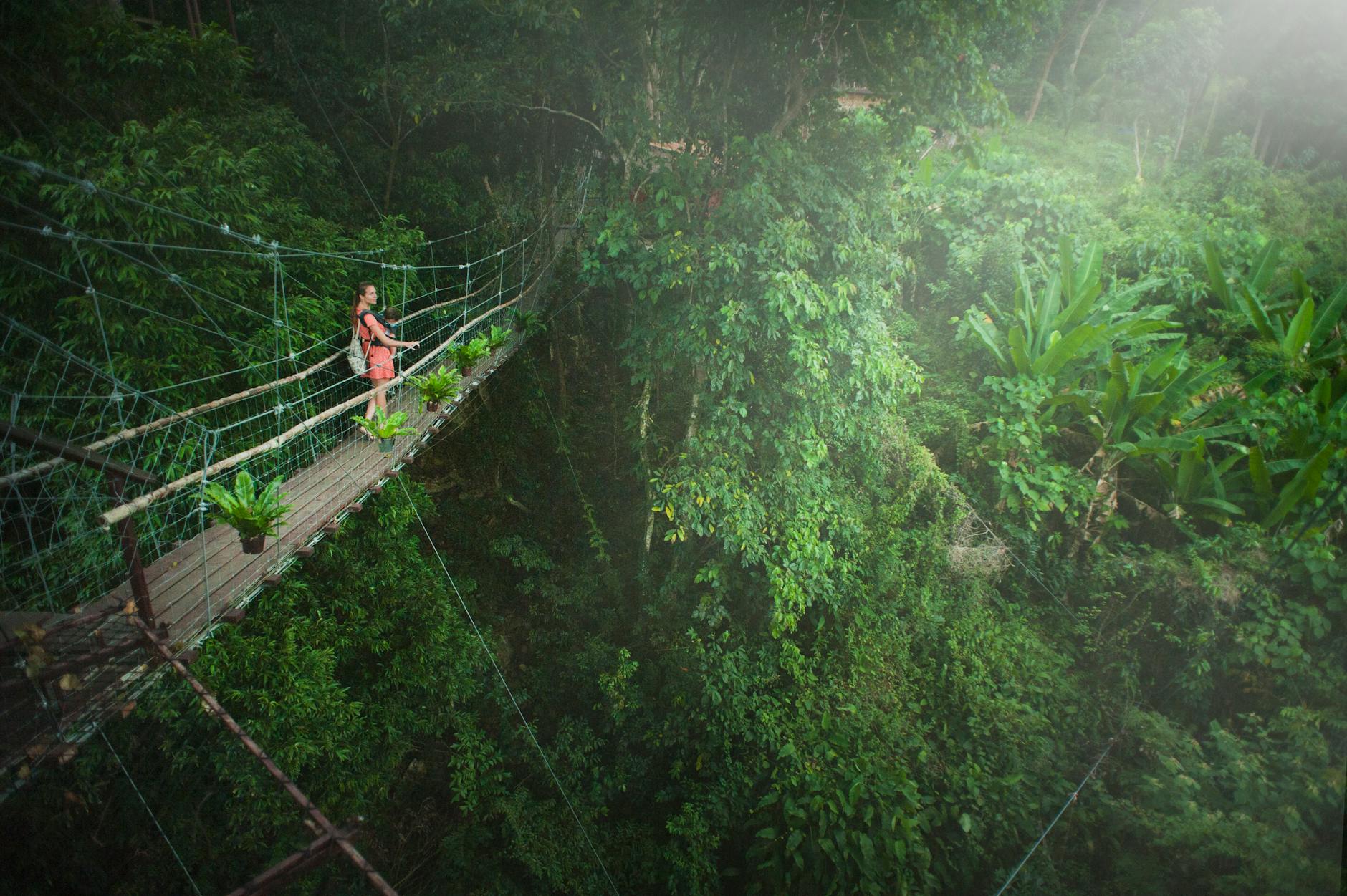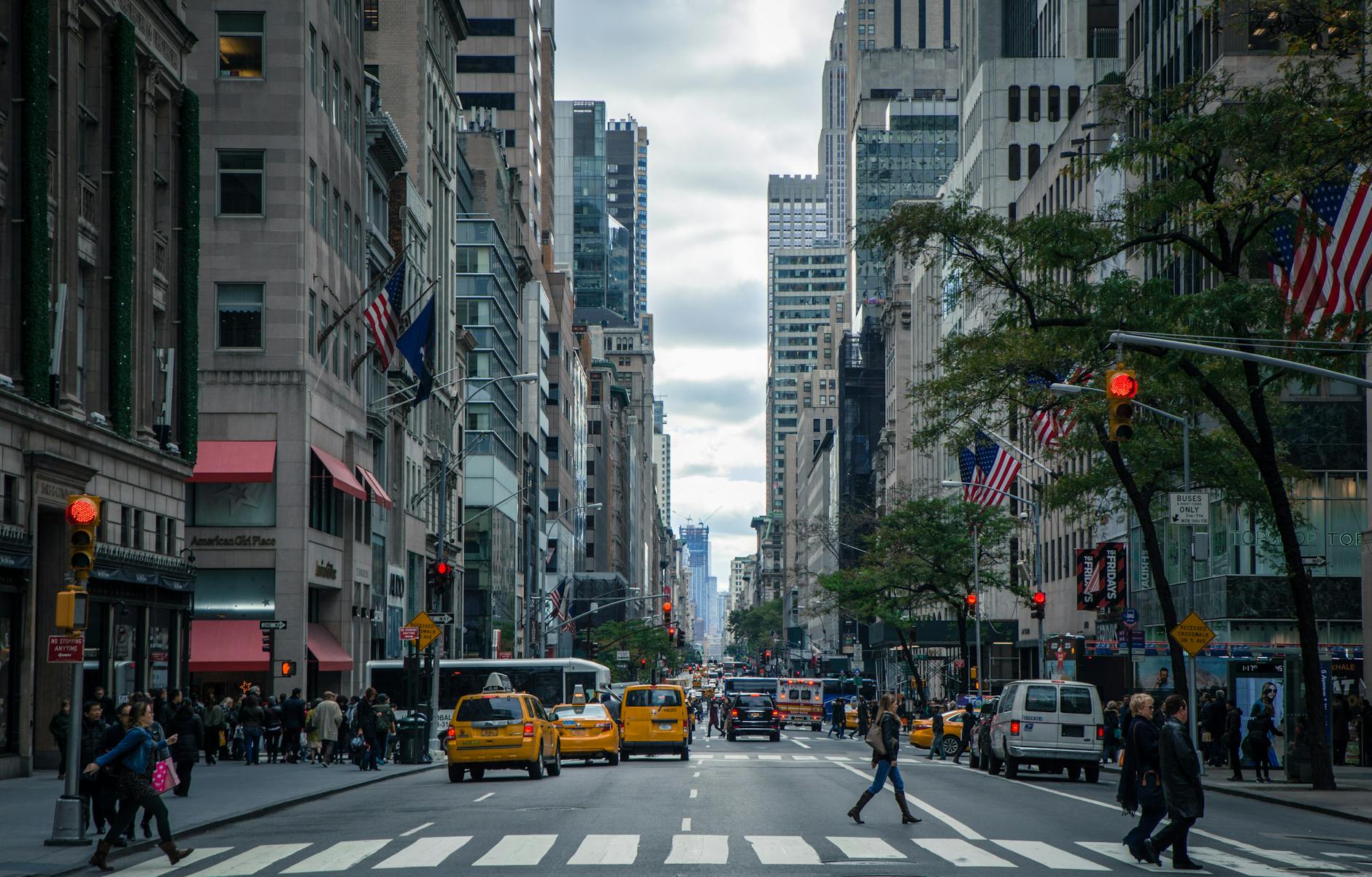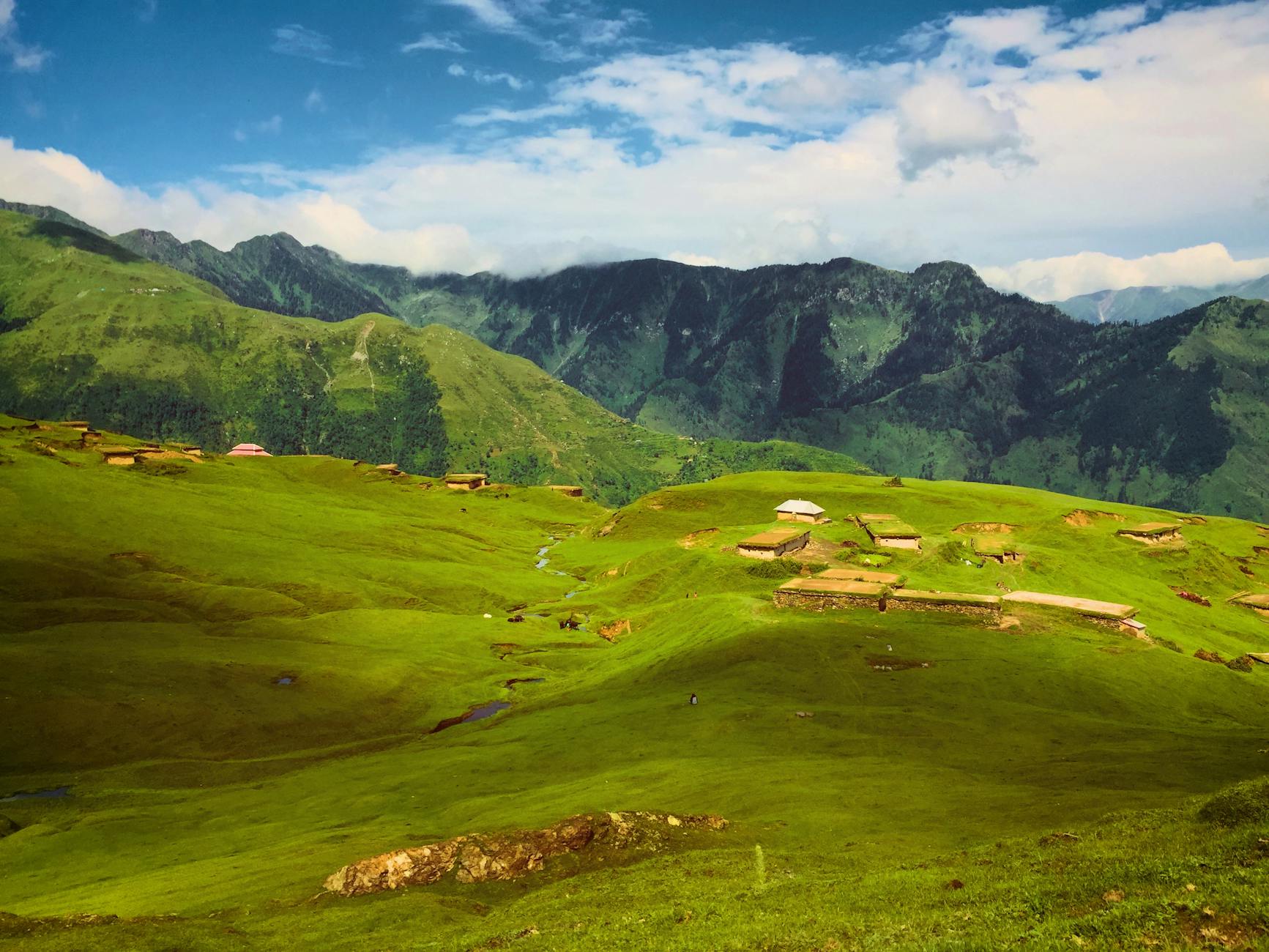How to Find the Best Wildlife Photography Spots Across Australia

Researching Wildlife Habitats
Before heading out to capture the wonders of nature, getting to know key wildlife habitats is essential. For me, Melbourne’s Royal Botanic Gardens serves as a local inspiration. As someone with a medium understanding of wildlife-rich destinations, I find that preparing for Central America travel can be particularly rewarding. This region is a treasure trove of biodiversity, from vibrant rainforests to extensive coastlines teeming with life.
Key Biodiversity Locations
Locating ideal spots is crucial for capturing wildlife in its natural grace. South America offers some spellbinding experiences like Machu Picchu tours, uniquely nestled in biodiversity-rich environments. Such locations are perfect for the photographer looking to blend cultural and natural elements.
Seasonal Wildlife Patterns
Another important aspect to consider is the timing of your visit. Animals often migrate or change habitats seasonally, so planning around these patterns maximizes your chances for those perfect shots. Whether in the jungles of Costa Rica or the savannahs during a South Africa safari, understanding local conditions amplifies your photographic results.
Remote vs. Accessible Areas
The choice between remote and easily accessible locations also shapes your photography plan. While remote spots may provide untouched beauty, they come with challenges like limited access. However, more accessible areas, such as national parks, often offer guided tours that ensure safety while granting opportunities to hone your wildlife photography techniques. By comparing different elements across these regions, you can better plan your trips and optimize your photography endeavors.
Eco-Friendly Travel Planning
Minimising Environmental Impact
As someone who thrives on capturing the essence of nature akin to the lush landscapes of the Royal Botanic Gardens, my aim is to ensure our africa tours are not just visually rewarding but also environmentally responsible. The impact of wildlife tourism can be substantial, so my priority is to tread lightly on the earth. This begins with opting for accommodations and operators that prioritize conservation and sustainable practices. For instance, choose lodges that are not only eco-certified but have also implemented solar power and recycled water systems.
Selecting Sustainable Tours
When planning your botswana tours, it's crucial to opt for companies that focus on sustainability, mirroring the ethical standards found at the Melbourne Zoo. Opt for tours that actively contribute to wildlife conservation efforts or community development projects. Verify that these tours ensure minimal disturbance to animal habitats, helping preserve the beauty you capture through your lens for future generations.
Responsible Photography Practices
In this digital age, where every snapshot feels significant as a featured piece at the photography exhibitions at the National Gallery of Victoria, practicing responsible photography is vital. Prioritize the well-being of wildlife over capturing the perfect shot. Use longer lenses to avoid getting too close, and avoid disturbing nesting or feeding areas. These mindful actions not only protect wildlife but enrich your photographic storytelling, enabling you to capture authentic behaviour without interference.
Top Wildlife Photography Spots
Diverse Habitats in Queensland
Capturing the vibrant life within Queensland's diverse habitats is an exhilarating experience for any wildlife photographer. Queensland offers an array of ecosystems, from its lush rainforests to arid outback landscapes, each brimming with unique species waiting to be captured through your lens. As nature enthusiasts with a medium-level understanding of wildlife-rich destinations, Bradley and others like him would cherish the opportunity to explore places like the Daintree Rainforest and Lamington National Park. When photographing in these areas, remember the tips from exhibitions at the National Gallery of Victoria: focus on lighting and composition to highlight the intricate details of your subjects.
Unique Species in Tasmania
Tasmania's rich biodiversity provides photographers with endless opportunities to document unique species in their natural habitats. It's home to remarkable creatures such as the Tasmanian devil and the elusive platypus. To make the most of your photographic journey in Tasmania, consider visiting Secet Harbour and Cradle Mountain. Each trip presents an opportunity to apply useful wildlife photography tips, such as being patient and silent to capture animals behaving naturally in their breathtaking settings.
Marine Life on Great Barrier Reef
Exploring the Great Barrier Reef is a bucket list adventure for any photographer entranced by marine life. From vibrant corals to the majestic sea turtles, the reef offers compelling subjects for photography. Ensure you have water-resistant housing for your camera when diving into these waters. If you're interested in broader tours, Galapagos Islands tours or Central American tours blend the beauty of marine ecosystems with unique cultural experiences. The challenge lies in balancing your passion for documenting these wonders while ensuring sustainable practices, a testament to your commitment to conservation.
Essential Photography Gear
Camera Equipment Recommendations
When setting off on stunning south america tours or planning cuba travel, having the right camera gear is essential. A DSLR or mirrorless camera with interchangeable lenses is optimal for capturing diverse wildlife settings. Choose a lens with a long focal length, such as a 200-400mm, to photograph animals without intruding on their space. This setup allows you to capture intricate details of wildlife, like the vibrant plumage of tropical birds or the textured skin of amphibians, without disturbing their natural behavior.
Accessories for Different Environments
It's crucial to adapt your gear for various environments. A sturdy, yet lightweight tripod is invaluable for low-light conditions, common in dense rainforests or early morning safaris. Additionally, polarizing filters can enhance contrast and reduce glare, especially important when shooting around water bodies or in the bright sunlight of the Amazon. Weather-sealed camera bags and lens covers will protect your equipment from elements like rain, dust, and humidity, ensuring longevity.
Maintenance in Natural Settings
Keeping your equipment in prime condition is vital. When travelling through humid areas or dusty trails, regularly clean your camera lenses and sensor. A portable blower and microfiber cloth will remove debris without scratching surfaces. It's also wise to carry an extra battery and memory card; missing out on capturing the majestic flight of a macaw due to a dead battery can be disheartening. Always store gear in a dry, cool place to prevent mold and condensation build-up, preserving your tools for future adventures.
Overcoming Challenges in Wildlife Photography
Ethical Considerations for Photographers
As wildlife photographers, it’s our responsibility to ensure that we capture nature's splendour without disturbing the natural habitat. While roaming the trails of the Royal Botanic Gardens or observing the majestic creatures at the Melbourne Zoo, it's vital to maintain a respectful distance. Always prioritise the safety and comfort of wildlife over getting that perfect shot. Never use flash photography as it can startle animals, potentially causing distress or harmful reactions.
Adapting to Weather-Related Obstacles
Weather can be as unpredictable as the spots you'll find at the National Gallery of Victoria’s photography exhibitions. Always plan for varying weather conditions when preparing for a shoot. In Melbourne, the weather can shift from sunny skies to rain within moments. Keep waterproof gear handy and learn how to protect your camera equipment in wet or dusty conditions. Sometimes cloudy skies can add dramatic lighting, while rain can amplify the colours in your composition.
Navigating Remote Locations Seamlessly
Accessing remote locations can be challenging yet rewarding, offering chances to capture rarely seen species. It's essential to prepare with detailed maps and GPS devices, ensuring your journeys to destinations like the rugged Tasmanian wilderness or the diverse ecosystems of Queensland are both safe and productive. Carry enough supplies and inform someone about your itinerary when venturing into less accessible areas. These spots promise some of the finest opportunities to photograph wildlife in their true element, invoking a deep appreciation for nature's untouched beauty.


